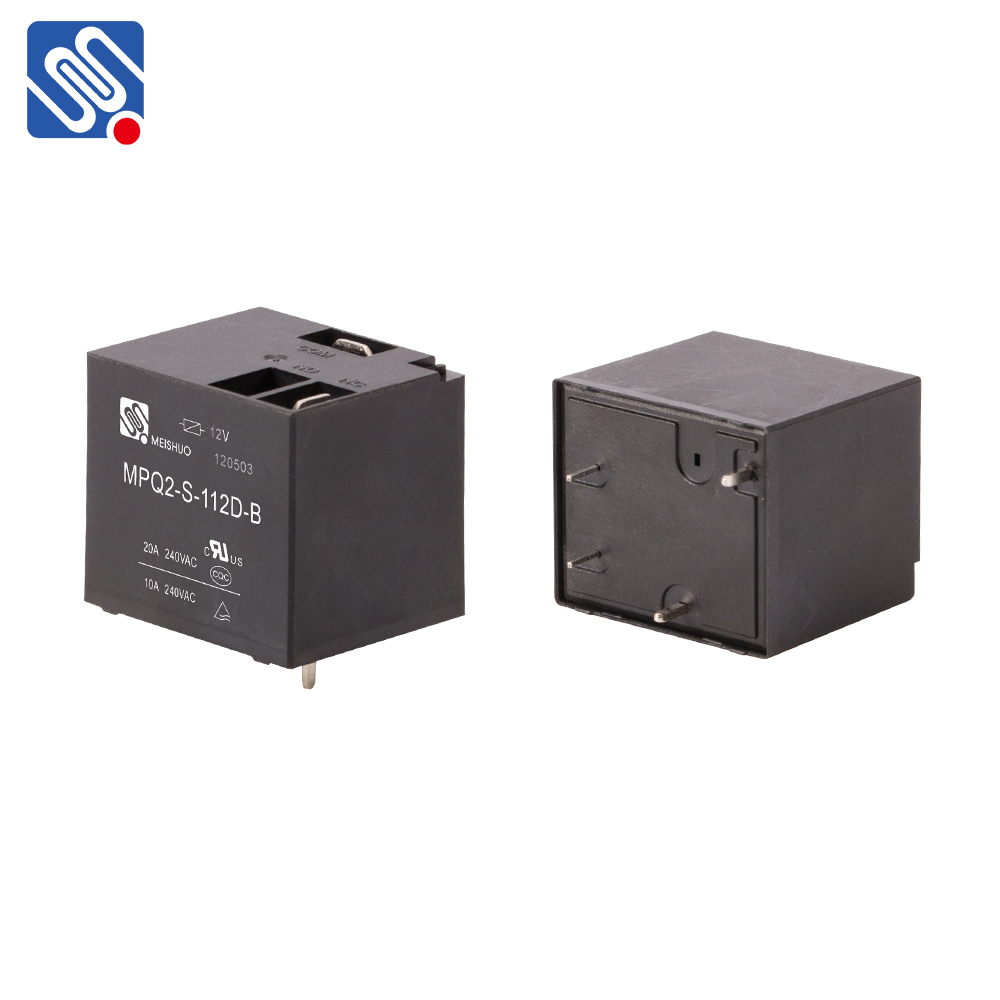Relays are essential components in modern electrical and electronic systems, providing a simple but effective means of controlling high power circuits with low power control signals. Among the various types of relays, the 12V 30A relay stands out as an important choice for applications where significant power needs to be switched with a relatively low control voltage. This article delves into the features, applications, and considerations of using a 12V 30A relay, highlighting its versatility and importance in a wide range of industries.

What is a 12V 30A Relay? A 12V 30A relay is an electromechanical switch that operates on a 12V direct current (DC) input and is capable of handling electrical currents up to 30 amperes. It consists of two main parts: the coil and the contacts. When the coil is energized with the 12V DC, it generates a magnetic field that pulls the contacts together, allowing current to flow through the connected circuit. Once the coil is de-energized, the contacts return to their default position, interrupting the circuit. The primary function of this relay is to allow a low voltage signal (such as from a microcontroller or a low-power switch) to control a much higher current, typically in the range of several amps to tens of amps. This capability makes it highly valuable for controlling large electrical devices that require higher power levels than a control circuit can safely provide.